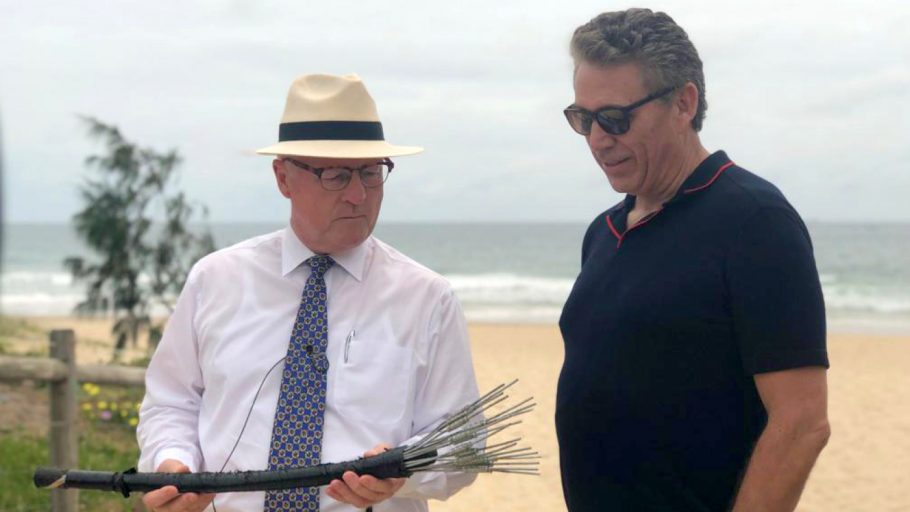Subsea Cables Made Simple
World economies have been powered by oil and gas for centuries. In the past few decades, connecting to the fiber-optic cables installed underneath the oceans (aka ‘subsea cables’) has empowered global economies. Worldwide, the number of subsea cables will exceed 500 by the end of 2023—that’s about 1.5 million kilometers in length which is 118 trips around Earth’s diameter. Subsea cables are the invisible wet Internet that transports billions of our Internet searches, voice calls, and critical data across oceans and between continents every day. They advance trade by providing stable platforms for distribution, accelerate research findings by analyzing astonishing amounts of data, improve communications by enabling better ways for humanity to connect, and protect our way of life serving as a public good. Subsea cables ARE critical infrastructure, and those who help build them feel privileged to help bring a sometimes-disconnected world a little bit closer.
Transiting Across the Oceans
When subsea cables come onshore, they’re often close in proximity to each other. The congregation of cables is referred to as a ‘hub.’ Subsea cable hubs transit content to its desired destination in the same manner that airport hubs transit passengers. For example, searching for apartments in Los Angeles from Mumbai, an Internet search transits through a hub in Japan where subsea cables land before connecting to the website hosted in Los Angeles. By comparison, an airplane from Mumbai to Los Angeles might first stop at Japan’s Narita airport before it continues to transit to Los Angeles. As for subsea cables, Japan is Asia’s primary hub. Other primary hubs are Hong Kong and Singapore. Secondary hubs serve the same purpose but land fewer cables. Guam and Australia are secondary hubs.
Time is Money
‘Time is Money’ is far more quantifiable as more subsea cables are deployed. Reliable video conferencing reduces business travel and office expenses while increasing worker productivity. To illustrate this point, consider this—a century ago, travel between San Francisco and Mumbai (via Singapore hub) took about two months. Before COVID-19, it took 24 hours by plane as few businesses embraced video conferencing. Today that trip is still taken by plane in about 24 hours, but it can also be taken by subsea cable in 205 milliseconds! (One millisecond is 1/1,000th of one second; a blink of an eye is 100 milliseconds).
Whether by air or by sea, traveling from Mumbai to Los Angeles transits through hubs in various locations, including Japan. Where there are few or even one subsea cable, the role of the hub is a matter of life or death. Consider the current situation with the Guam-Saipan cable.

Guam-Saipan Cable System
Saipan is part of the Commonwealth of the Northern Mariana Islands (CNMI) in the Western Pacific, and the Guam-Saipan is their lifeline to the rest of the world. The 218-kilometer repeaterless cable was completed in 1997 for $15m with a design life of 25 years. It performed well for nearly 20 years, bringing investment into Saipan, growing its tourism-driven economy, and improving the citizens’ quality of life. And then, one day, things went dark.
What Happens When A Subsea Cable Stops Working?
On July 9th, 2015, the lone subsea cable connecting Saipan to Guam stopped working. It was a front-and-center view of a subsea cable’s economic impact. The cable cut resulted in Saipan’s disconnection from the world. The global discussion and actions that followed have brought subsea cables into the general public’s view, shaped regulatory decisions, and increased investment in subsea cable diversity to protect against future risk of digital darkness.



